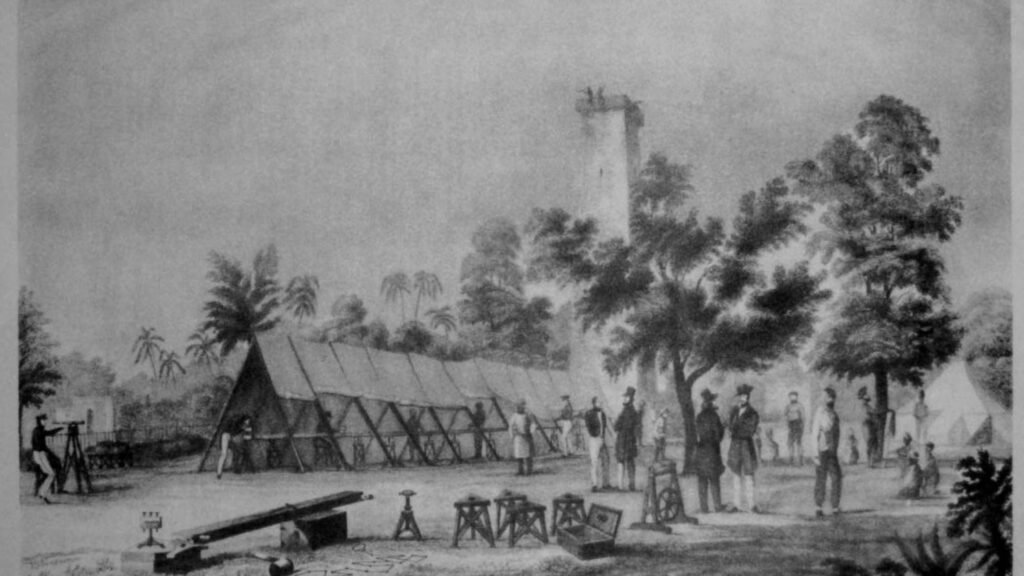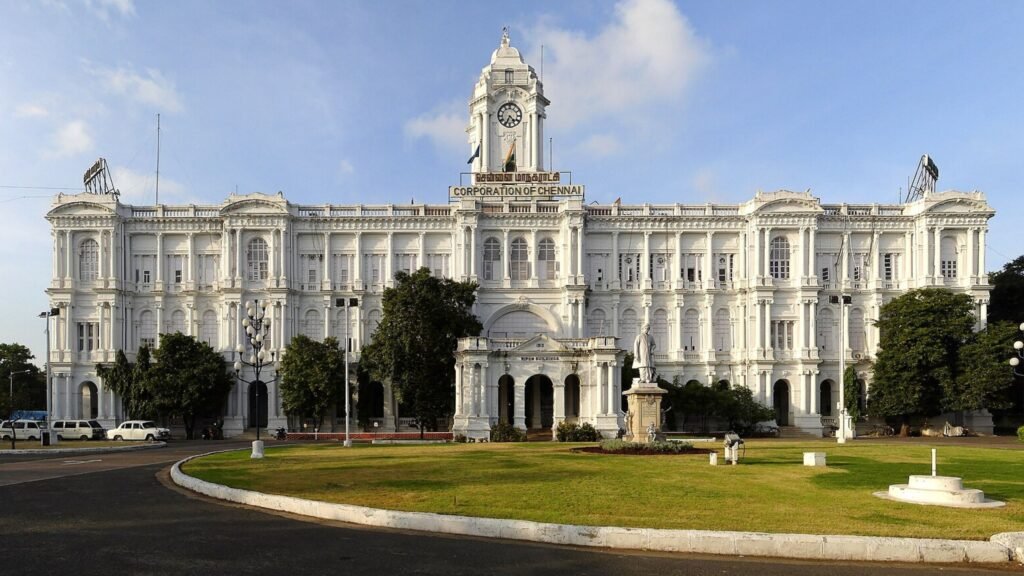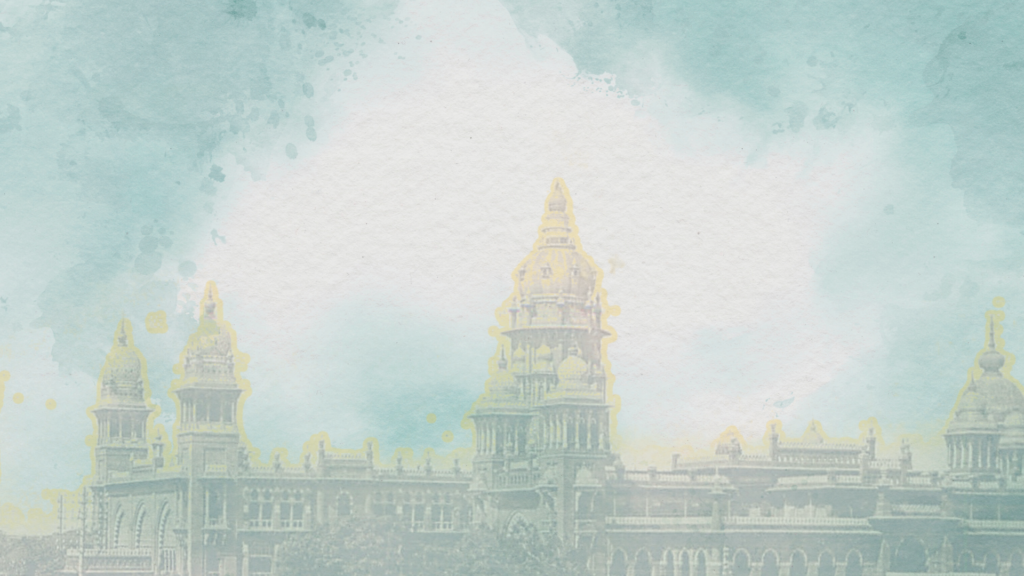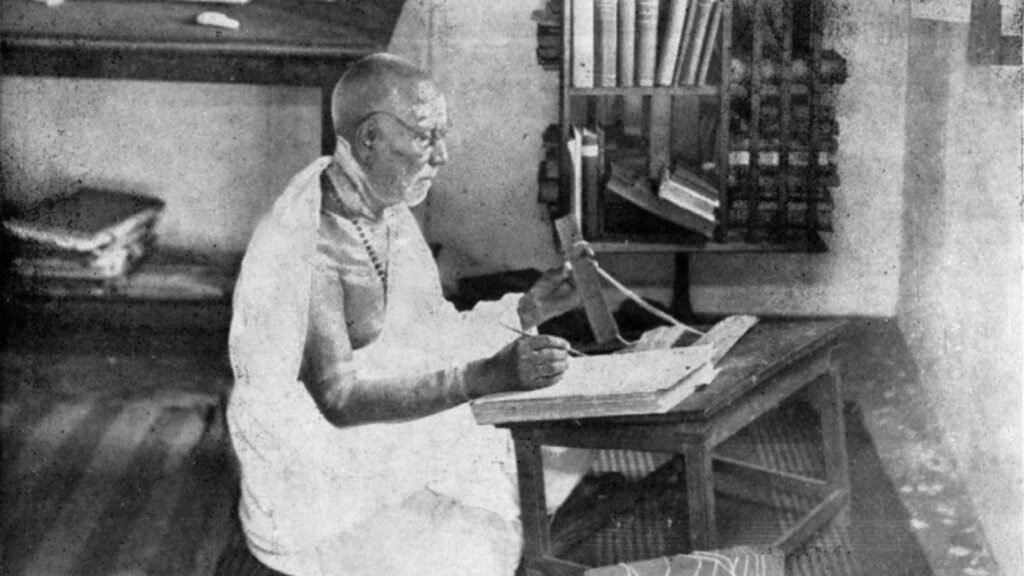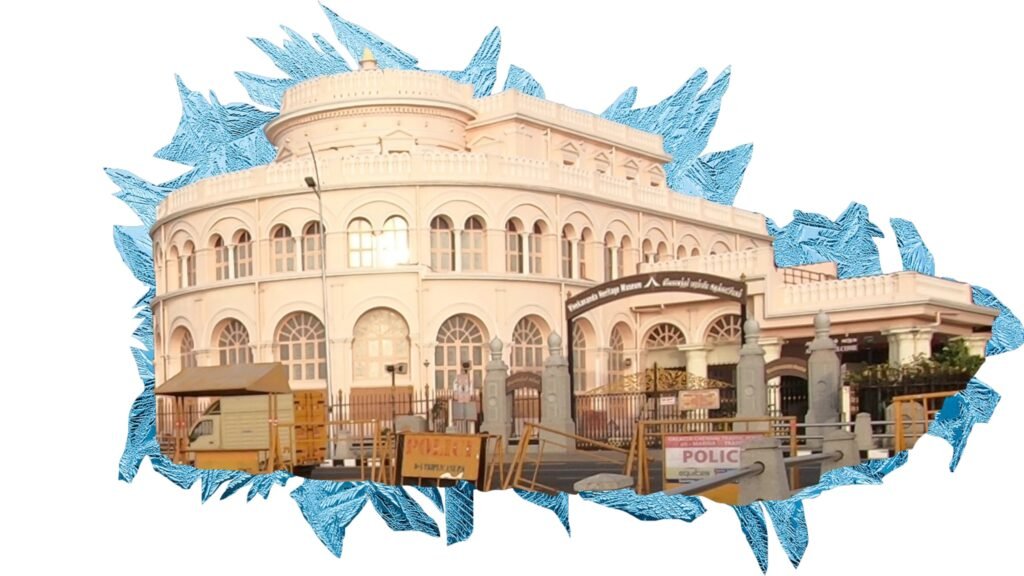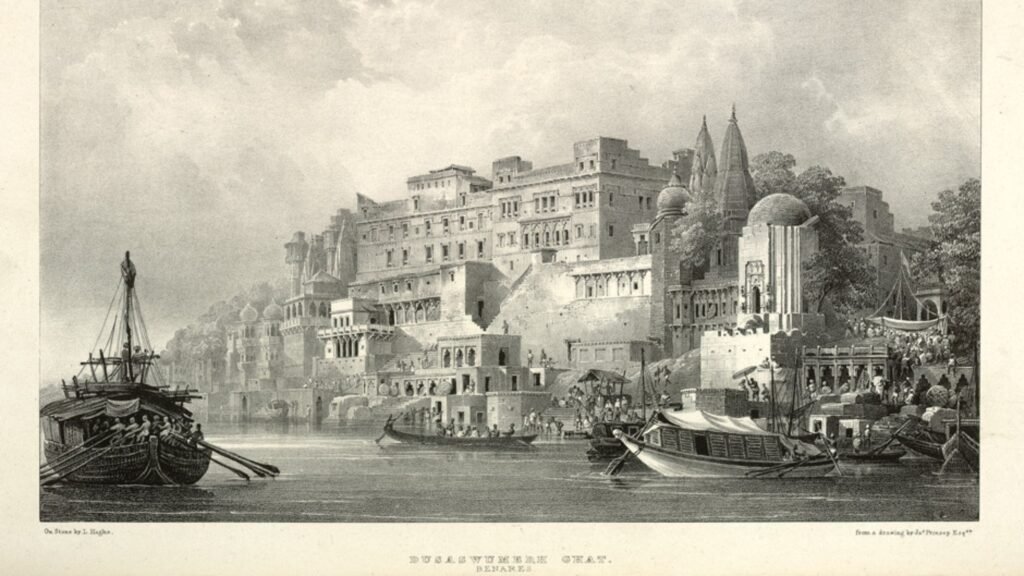This August, Madras (present-day Chennai) will be 384 years old. And, Madrasian Culture will be 1.5 million years old. Wait, what kind of convoluted calculation is this? Well, ‘Madrasian Culture’ is the scientific name of a prehistoric civilization that practised the cutting-edge technology of the Lower Palaeolithic period (early stone age), called ‘Madrasian Industry’. What could have qualified as cutting-edge technology then? Making stone hand tools with sharp cutting edges, of course. Puns aside, that really was an industry then. One of the earliest proofs of such a tool-making society was unearthed near Chennai by a brilliant British scientist. So significant was the discovery that Madrasian Culture became the standard against which similar discoveries were benchmarked! This is the story of the man who made Madras an unforgettable name in anthropology!
How old is the Earth? Till about the early 19th century, Western scientists might have said ‘about 6000-7000 years’. This was based on a certain interpretation of the Bible. But in 1858, Charles Darwin jolted the scientific establishment with a theory that proposed a gradual geological and biological evolution that took millions – not thousands – of years. While the debate was on, a young scientist named Robert Bruce Foote joined the Geological Survey of India (GSI). He was already familiar with Darwin’s work.
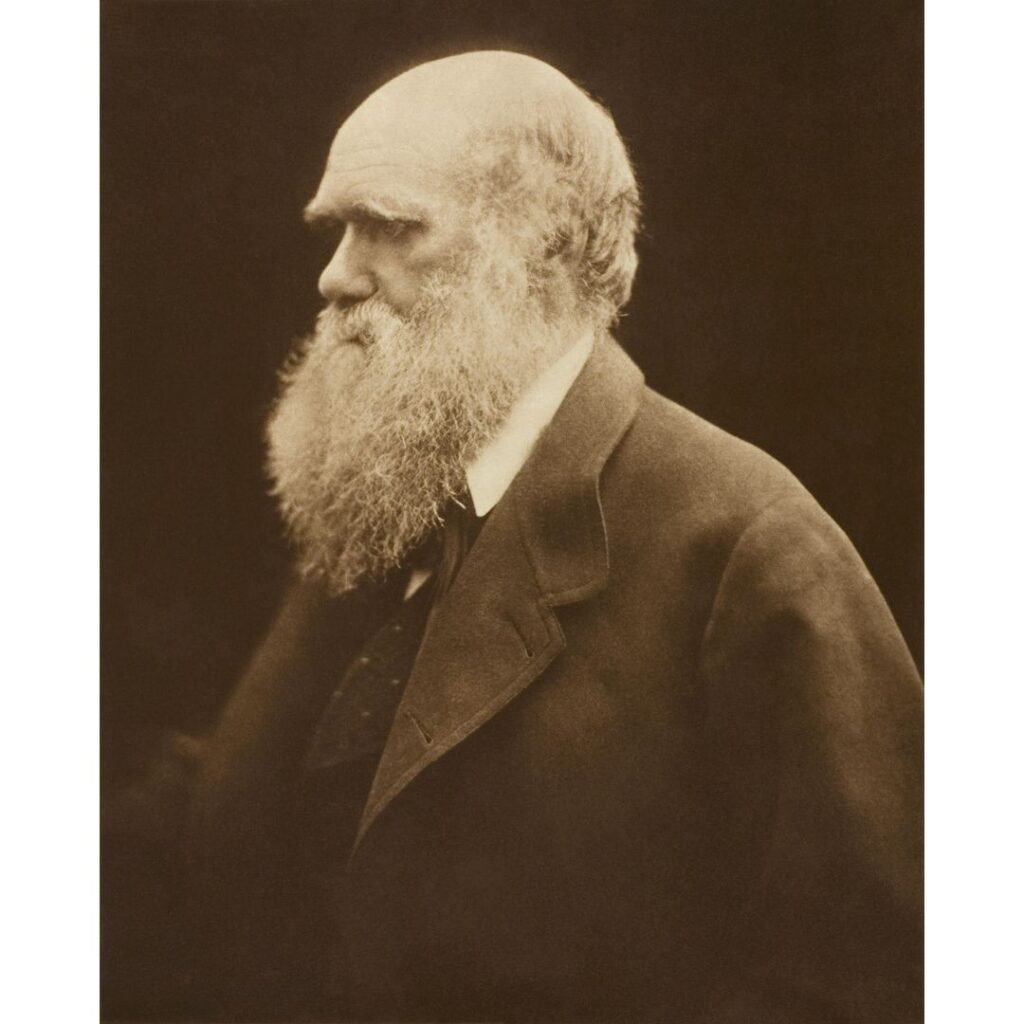
The GSI had been formed in 1851, mainly to map India’s mineral wealth, so that the British could exploit it. But it also spawned some scholarly research by passionate scientists like Foote. When Foote reached Madras in 1858, the GSI was surveying the rocks of Trichy (335 km away). One of the team members had died of a heatstroke on the field, and Foote was the replacement. Not an ideal start to a career. The team successfully completed their task and returned to Madras after three years. He also made a friend in William King Jr., a colleague with whom he would later make outstanding discoveries.
At Madras, he began to deliver lectures at the College of Engineering (which is now in Guindy). He also met Peter Percival, a university teacher who gave up his missionary profession to pursue a career in Indology. He was a progressive thinker, a Tamil and Telugu scholar who had published dictionaries for both languages and translated the works of the ancient Tamil poet Avvaiyar. The mutual admiration between the two intellectuals led to a close bonding and Foote was a frequent visitor to the Percival home at Luz, Mylapore. There he met Percival’s daughter, Elizabeth Anne. They were married at St. Thomas Church in Santhome in 1862.
The year 1863 was a turning point in Foote’s life. He was blessed with a son, Henry (who would later assist him in his geological expeditions). And he made an amazing discovery near the parade ground at the cantonment in Pallavaram – then a village outside Madras, but now part of the greater metropolitan Chennai. He spotted a piece of quartzite stone and realised it was not a natural shape: it had been worked upon by human hands. It looked like the head of an axe or a cleaver that a prehistoric human would have used for digging roots, or cutting meat. It was a ‘bi-face’ or a tool which had a sharp edge on both sides: which would have been a technological breakthrough for its times. Foote had read about a similar find in Saint Acheul in France before Darwin’s theories had gained widespread acceptance, so it rang a bell. Just four months later at Attirampakkam (on the banks of the Kortalayar river, about 60 kms from Madras) Foote and King found more prehistoric artefacts. This enthused Foote to return to Pallavaram and search more rigorously. Lo and behold, he found a few more tools. He sent his collections to England for analysis and learnt that he had indeed found something unique: a highly skilled prehistoric society that once inhabited Madras! His findings were supportive of Darwin’s theory.
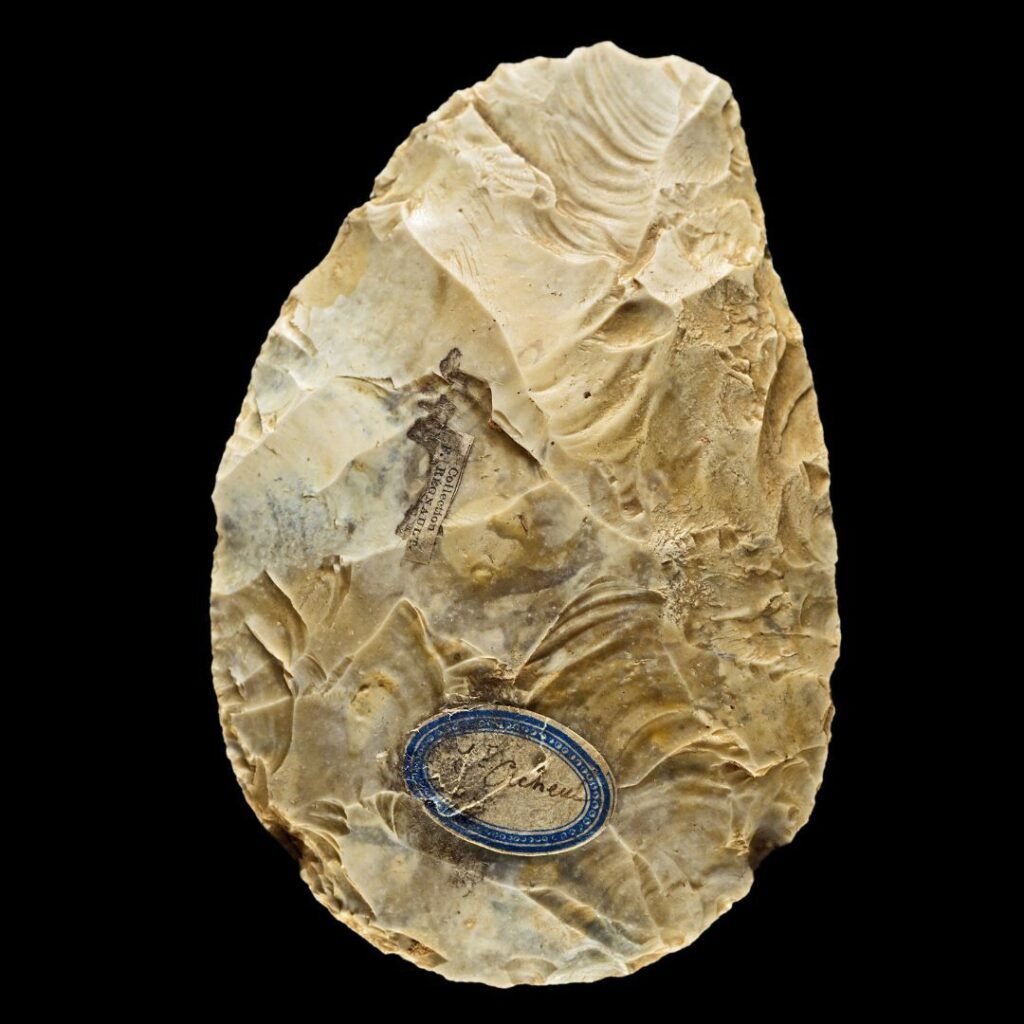
Foote was a geologist by training, and he could have dismissed it as a passing distraction. However, his intellectual curiosity and scientific temper drove him to pursue this random event to its logical end. Sitting in far off India, he had kept himself abreast of developments in geology, biology, anthropology and archaeology. And so, he was able to connect the dots and recognise the scientific importance of what he had discovered. He made his first international presentation in 1866. He was admitted as a Fellow of the Geological Society of London in 1867, and later a Member of the Royal Anthropological Institute.
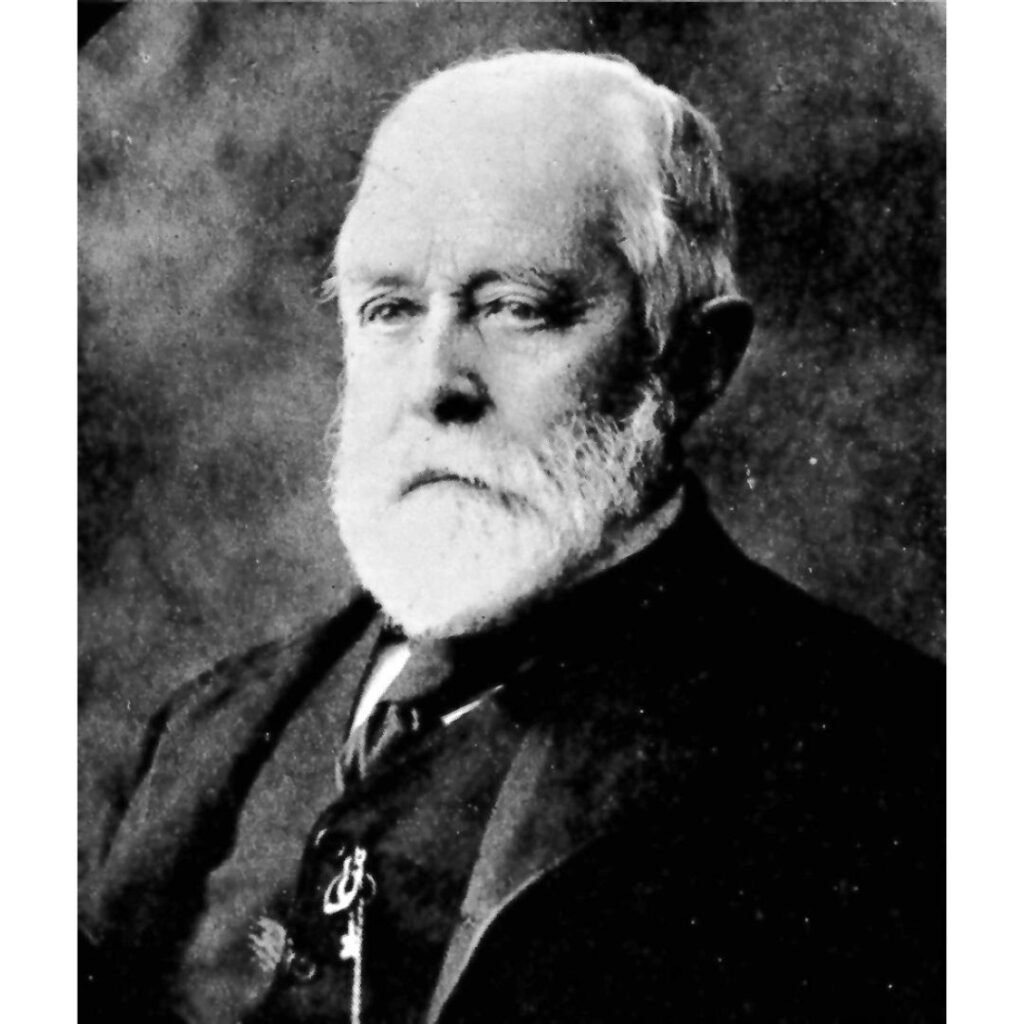
Foote worked tirelessly till his retirement. He worked at the Billa Surgam cave complex (aka the Grand Canyon of India) near Kurnool in Andhra, discovered a neolithic stone tool factory at Sanganakallu hill in Bellary (Karnataka) and many other sites. He identified new gold mines in Kolar, Karnataka. He opened up over 450 sites in all the southern states – TN, Andhra-Telangana, Karnataka, Kerala, Odisha and even Lakshadweep. It is estimated that he must have covered over 53,000 kms on horseback! Whenever he studied a site, he tried to understand the terrain, the vegetation and its local culture. He was a perfectionist. His notes not only classified and catalogued the materials he excavated, but also analysed the technology used, specified the exact location of the find, and jotted every other connected fact. And if that was not enough, he was also an accomplished landscape artist and illustrator too. He became the director of GSI in 1887 and retired in 1891.
Post retirement, he briefly served the Indian kingdoms of Baroda and Mysore as the chief geologist and later settled down at Yercaud. He died in 1912 on an assignment in Calcutta (Kolkata), and was cremated there.
He had left behind a comfortable nest egg for his family. Unlike many scientists, he had a good understanding of the commercial world. He had invested wisely in shares of blue chip companies of Madras. His investment portfolio included Parry & Co (its Indian avatar is flourishing even today), Bank of Madras (which eventually became part of the State Bank of India), Mysore Gold Mines and Spencer & Co (India’s first departmental store).
After he became famous, there had been many international offers for his collection of ancient artefacts. Foote firmly believed that these should never leave the country. So, he sold them to the Madras Museum in 1904. The price was a princely Rs 33,000 (comparable to Rs 2 million today). It was a lot of money for a retired government geologist, but he had truly earned it. The superintendent of the museum CEO, Dr Edgar Thurston (a medical officer turned anthropologist) had no hesitation in paying it, because that single transaction made the Madras Museum the greatest treasure house of Madrasian Culture.

PS. We regard Foote as ‘the father of Indian prehistory’. How are we so sure that the hand-tools of Attirampakkam are 1.5 million years old? Could the 19th century dating techniques have been too approximate? Eminent geologist Dr Shanti Pappu, who has studied the works of Foote deeply, decided to find out. She sent samples from Attirampakkam to a hi-tech lab in France. They used two tests: Palaeomagnetic and Cosmogenic nuclide. Both affirmed that they were 1.5 million years old.
Palaeomagnetic tests are based on the fact that the Earth has reversed its magnetic pole many times. These reversals leave definite imprints on rocks and these are analysed to determine the age of a stone tool. Cosmogenic nuclide tests are based on the fact that the Earth is constantly bombarded by cosmic rays (high energy charged particles) from outer space. These impact stones on the surface or close to the surface of the Earth. By studying the impact pattern on the stones scientists can estimate the age of a stone.
Darwin was right. Scientists now estimate that the Earth is 4.54 billion years old. And, Madras has been part of it for the last 1.5 million years!
